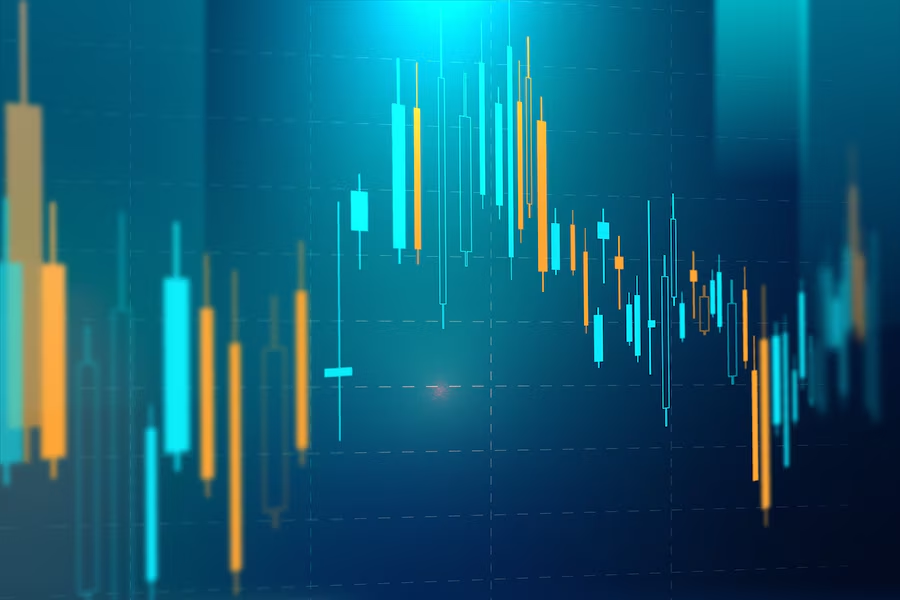
What Is Trading?
Trading is a fundamental aspect of financial markets, enabling individuals and institutions to buy and sell various assets with the goal of making profits. Whether you’re interested in stocks, commodities, or currencies, understanding the intricacies of trading is essential for success. This article delves into the types of trading, market participants, strategies, risks, tools, and apps trusted by top traders and entrepreneurs, offering a thorough overview for anyone looking to embark on this financial journey.
What is Trading?
Trading involves the exchange of financial instruments like stocks, bonds, commodities, and currencies. Traders engage in this practice to take advantage of price fluctuations in these assets. Trading can be classified into several categories based on duration and strategy:
Types of Trading
- Day Trading:
- Description: Involves buying and selling securities within the same day. Day traders capitalize on short-term price movements and typically execute multiple trades daily.
- Example: A trader buys shares of a tech company at the opening and sells them by the market close to lock in profits.
- Swing Trading:
- Description: Swing traders hold positions for several days to weeks, aiming to benefit from expected price changes.
- Example: A trader analyzes technical indicators and decides to buy a stock they believe will rise over the next week.
- Position Trading:
- Description: This long-term approach involves holding assets for months or years, based on fundamental analysis.
- Example: An investor buys shares of a company expected to grow substantially over the next few years.
Financial Instruments
Traders can engage with various financial instruments, including:
- Stocks: Shares representing ownership in a company. Traders buy and sell stocks to profit from price changes.
- Bonds: Debt securities issued by governments or corporations. Bonds pay interest and are traded based on their yield and credit quality.
- Commodities: Physical goods like gold, oil, or agricultural products traded on exchanges.
- Forex: The foreign exchange market, where currencies are traded in pairs (e.g., EUR/USD).
Market Participants
Various players participate in the trading ecosystem, including:
- Retail Traders: Individual investors trading with personal accounts, often using online platforms.
- Institutional Traders: Large organizations like banks and hedge funds that trade substantial volumes of securities.
- Market Makers: Firms that provide liquidity to markets by buying and selling securities, ensuring that traders can execute orders.
Trading Strategies
Successful trading often requires a solid strategy. Here are some popular approaches:
- Technical Analysis:
- Involves studying historical price movements and using indicators to predict future price trends.
- Fundamental Analysis:
- Traders evaluate a security’s intrinsic value based on financial statements, economic indicators, and market conditions.
- Quantitative Trading:
- This approach utilizes mathematical models and algorithms to identify trading opportunities.
Risks in Trading
Trading is not without its challenges. Here are some common risks traders face:
- Market Risk: The risk of losses due to unfavorable market movements.
- Liquidity Risk: The potential difficulty in buying or selling an asset quickly without significantly affecting its price.
- Leverage Risk: Using borrowed funds to increase potential returns, which also amplifies the risk of losses.
Tools and Apps for Trading
To facilitate trading, individuals use various tools and applications, including:
Recommended Trading Platforms
- E*TRADE:
- Description: Known for its user-friendly interface and comprehensive tools for both beginner and advanced traders.
- How to Maximize: Utilize their educational resources to learn more about trading strategies and risk management.
- E*TRADE
- TD Ameritrade:
- Description: Offers a wide range of resources, including educational materials and advanced trading tools.
- How to Maximize: Take advantage of their thinkorswim platform for advanced technical analysis and charting.
- TD Ameritrade
- Robinhood:
- Description: A mobile trading app that allows commission-free trading, popular among younger investors.
- How to Maximize: Use its straightforward interface to start trading with a focus on long-term investment strategies.
- Robinhood
Tools Trusted by Top Traders
- TradingView:
- Description: A powerful charting tool that provides real-time market data, analysis, and social trading features.
- How to Maximize: Use its vast library of indicators and community scripts to customize your trading strategy.
- TradingView
- MetaTrader 4/5 (MT4/MT5):
- Description: Popular platforms for forex trading, offering advanced charting tools and automated trading options.
- How to Maximize: Utilize the Expert Advisors feature for automated trading strategies.
- MetaTrader
- CoinMarketCap:
- Description: Essential for tracking cryptocurrency prices, market caps, and trends.
- How to Maximize: Monitor price alerts and news updates to stay informed about the cryptocurrency market.
- CoinMarketCap
Conclusion
Trading presents a world of opportunities for those willing to invest the time to learn. Whether you’re a beginner looking to dip your toes into the market or an experienced trader seeking to refine your strategies, understanding the fundamentals of trading is crucial. By grasping the types of trading, market participants, risks, and tools available, you can enhance your trading skills and increase your chances of success in the financial markets.
For further reading and resources, consider exploring Investopedia and NerdWallet.
By utilizing the right tools and strategies, along with a comprehensive understanding of the trading landscape, you can embark on a successful trading journey that fits your financial goals.
























Post Comment